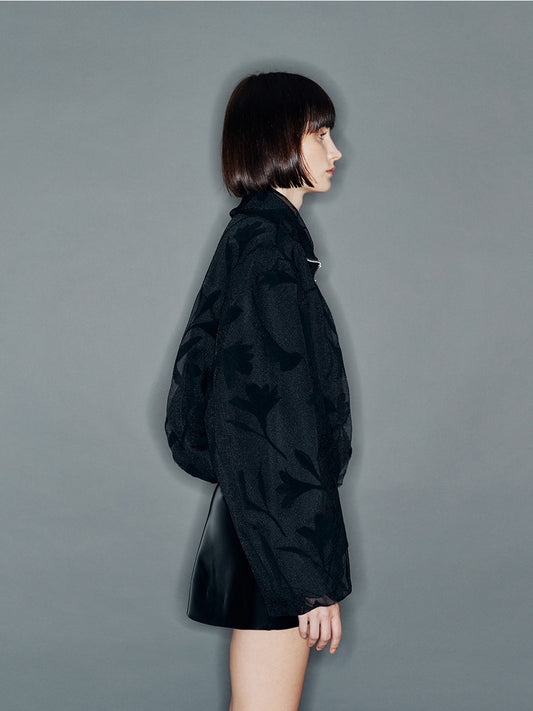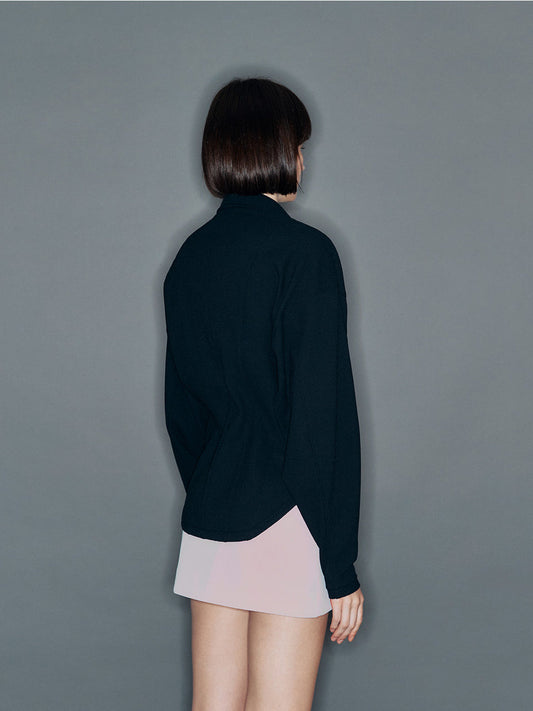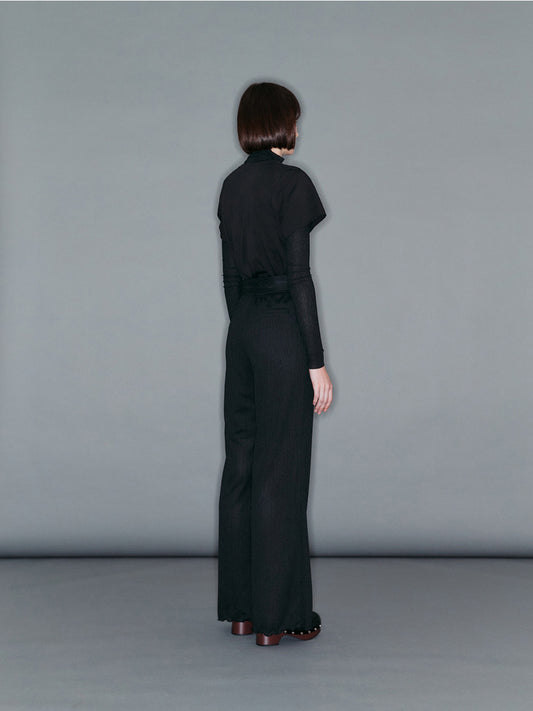Dieter Rams is one of the world's greatest living designers, having designed some of the most iconic products of the 20th century. The industrial modernist Dieter Rams' ideology and work highlight the power of good design, as his timeless designs have influenced - and continue to influence - modern culture. His "10 principles of good design" remain the bible for creatives and designers around the world, and are as enduring to modern culture as his designs have always been and still are.

World Receiver “travel 1000” by Dieter Rams, 1978 | Photo: Andreas Kugel © Dieter and Ingeborg Rams Foundation
Design is a thought process.
“I think a good designer should always be avant-garde. They should always be one step ahead of their time. They should question everything that is generally considered obvious. "We should, we must," says industrial designer Dieter Rams. His processes and approach are foundational in the history of design. His influence is There's no comparison.
Rams was born in Wiesbaden, Germany in 1932 at a time of growing unrest throughout society. Ideas of the "Third Reich" were beginning to emerge, and Rams' parents thought it would be better for his formative years if he spent them in the countryside with his grandfather. Rams' grandfather was a carpenter, and his influence on Rams' design brain was enormous.


Dieter Rams © Dieter and Ingeborg Rams Archive
A brief apprenticeship with his grandfather as a carpenter taught Rams his first practical artistry in furniture making and gave him a deeper appreciation of form and function. His grandfather's advice, "Weniger, aber besser" - "Less is more" - is a statement that sums up Rams' life and the work he designed.
Rams studied architecture and interior decoration at the Wiesbaden Academy of Art, graduating with honors in architecture and being employed by the Frankfurt-based architect Karl-Otto Apels.
In 1995, the prestigious firm Braun hired Rams as an architect and interior designer, little knowing that this would be the beginning of a long and monumental business partnership for both parties. His design conviction was clear, and six years after joining the firm he was promoted to Chief Design Officer, a position he would hold for many decades to come, until 1995.
"The design of a product is the total composition of the product: its shape, color, materials and construction." Rams hit the nail on the head: less is more.

Hi-fi system by Dieter Rams, 1965 | Photo: Andreas Kugel © Dieter and Ingeborg Rams Foundation


Automatic slide projector by Dieter Rams 1956 | Photo: Andreas Kugel
© Dieter and Ingeborg Rams Foundation
At Braun, he applied this method to all kinds of household items, including mixers, radios, televisions, calculators, desk lamps, and hairdryers. The Braun T-1000 World Receiver, designed by Rams, combined sophisticated aesthetics with cutting-edge technology of the time. Its simple exterior concealed a complex structure inside. The T41 pocket radio receiver, designed in 1959, was later dubbed "the first Walkman," and the P1 7-inch portable record player, designed in the same year, was as useful and functional as it was beautiful. Rams has created over 500 iconic products.
His design approach included the twin pillars of form and proportion, along with a well-calculated graphic design and materiality to create cohesion and consistency. Rams' designs were unobtrusive, and more importantly, easy to understand how to use them without instructions. Through his humanistic approach, he would explain, "You can't understand good design if you can't understand other people. If you want everyone to understand design, it has to be as simple as possible." No matter what nationality or language, when people saw a Rams design, they understood its purpose within seconds: what it was for, how it was supposed to be used, etc.

Dieter Rams in the studio of his house in Kronberg 1975 | Photo: Marlene Schnelle-Schneyder © Dieter and Ingeborg Rams Archive

It is also worth noting that Rams' tenure at Braun took place in Germany after the Second World War, when citizens needed household goods that had been almost completely destroyed during the war. Demand for household goods was high and factories were running at full capacity, but Rams always made sure to design his products with a long-term perspective. His products were designed to leave room for "real life" and were built to last through repair for generations. Carpentry, in its many forms, embodies the same ideals as mentioned above. Carpentry, based on practicality and problem-solving, is based on the idea of longevity and is designed with repair in mind if necessary. Rams' formative years with his grandfather were certainly a positive influence on him.
In the late 1970s, Rams's thoughts were saturated with the state of the world around him and he became more utilitarian, which he described as "a profound mess of shapes, colors and noise." His awareness as a designer and the creator of this "noise" led him to ask: Is my design really good design? Through this, his own critically thought-out blueprint became a revolutionary guide for many.





During his time at Brown, Rams also designed for the furniture design company Vitsœ (then called Vitsœ+Zap). His genius designs for the 606 Universal Shelving System (also exhibited in MoMA’s Modern and Contemporary Art Collection) and the 620 Chair Programme were modular and ahead of their time, both versatile and capable products and presences. Vitsœ still produces both products in the UK today, in a specialist built manufacturing facility, with the same respect for material, form and function.
 Vitsœ's 621 Table – now injection-molded in Britain – was originally designed by Dieter Rams
Vitsœ's 621 Table – now injection-molded in Britain – was originally designed by Dieter Ramsin 1962 along with his 620 Chair Programme | Studio (ID216) 621 & 620 ©Vitsoe

Rams' influence began in his early days at Braun and continues to this day. This is also true of leading designers of the era such as Jonathan Ive. It is evident in his work at Apple, and even Steve Jobs himself. Today, in the 20th century, Rams' design principles seem even more important and essential. In the mass-produced world we live in, his timeless designs become more relevant and relevant with each passing day. Dieter Rams, now 89 years old, has witnessed the rise and development of consumerism, voicing his concerns about our never-ending desire to buy new products. The world's resources are finite, and humanity's attitude of mass consumption is not sustainable, nor is the method of construction and manufacturing.
Rams' holistic design ethos is more essential than ever. His "10 principles" remain perpetually relevant, and Rams' specific design methodology serves as a consistent blueprint for designers, architects and creatives around the world. Consume less, but better. This is the universal power of good design.

















































































